Hinton officially joins AI startup: Using AI to explore new materials, machine learning experts serve as co-founders
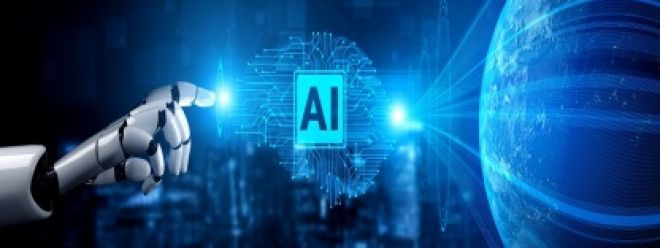
Turing Award winner and father of deep learning Geoffrey Hinton has new developments.
He has just officially announced that he will join the British AI new materials company CuspAI as a consultant.
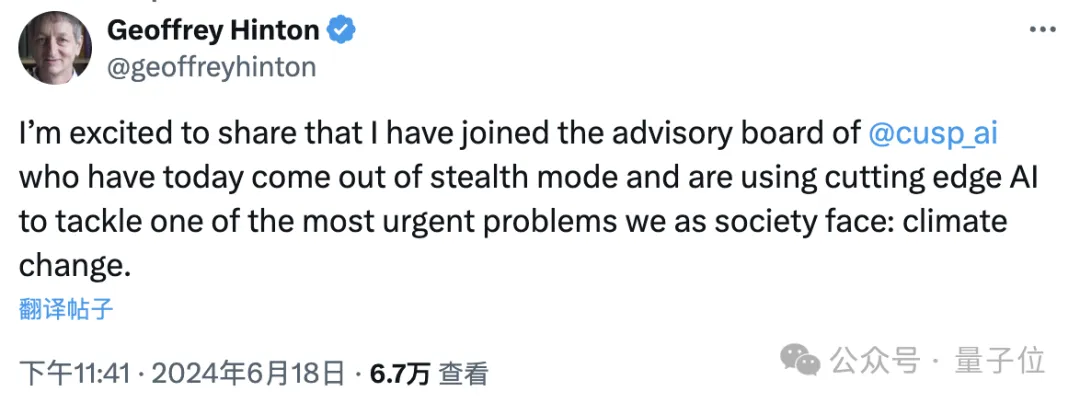
Hinton explained that the reason for doing so was that he wanted to use AI to explore new materials and help people solve the problem of climate change.
As for the specific work content, Max Welling , co-founder of the company, a machine learning expert who invented VAE and a professor at the University of Amsterdam , said that AI is used to design new carbon capture materials.

Netizens welcomed Hinton's move and sent their blessings.
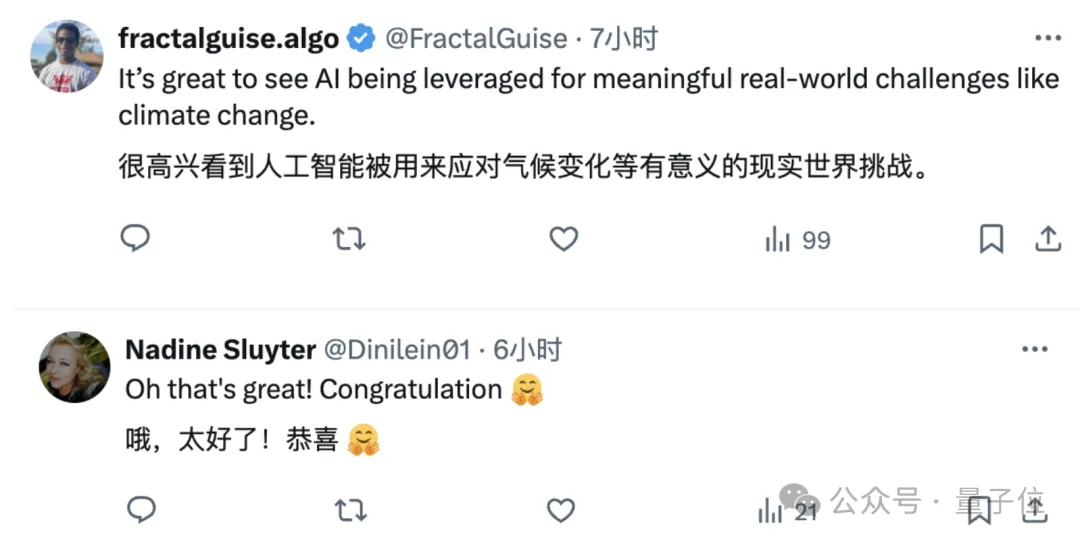
With the joint announcement by Hinton and the official, the startup company officially came out of stealth. Of course, in addition to Hinton's joining, the company also received a lot of attention——
Not only has it just received US$30 million (approximately RMB 217 million) in seed round financing , but the Meta FAIR laboratory led by another deep learning giant LeCun will also cooperate with it .
What kind of company is this?
Using AI to explore new materials and obtain 210 million in financing
CuspAI, based in Cambridge, designs algorithms for exploring new materials.
The focus of research in the early stage is to use AI to explore carbon capture materials , and in the future, there are plans to develop large models for designing materials.
Carbon capture is a technology that absorbs and stores carbon dioxide. It separates and stores carbon dioxide from industrial production through physical or chemical methods, thereby reducing the content of greenhouse gases emitted into the atmosphere.
The company’s two co-founders jointly expressed the hope that in the process, CuspAI will be able to help offset the huge amount of carbon emissions caused by the rapid popularization of AI (using AI) .
The two co-founders are Max Welling , a machine learning expert, inventor of VAE and professor at the University of Amsterdam , and Chad Edwards , a chemist and member of the Royal Society of Chemistry .
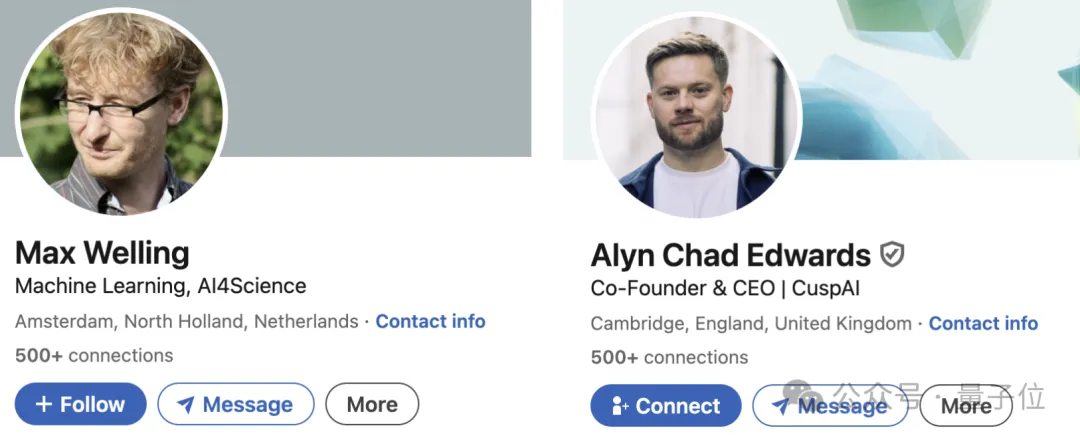
Max is a big name in machine learning, but he didn’t start out as a computer scientist. Instead, he studied quantum physics.
He studied under theoretical physicist and 1999 Nobel Prize winner in Physics Gerard 't Hooft , and received his PhD in quantum physics in 1998.
But later, Max also achieved great success in the field of machine learning.
He started working as a professor at the University of Amsterdam in 2012, became a part-time professor in 2017, and has served as vice president of technology at Qualcomm Netherlands and distinguished scientist at Microsoft Research.
At ICLR 24, VAE encoder , an important technology invented by Max in 2014 , also won the "Test of Time Award".
In addition, the experience in studying quantum physics has also made Max very interested in "cross-border" scientific research . He pays close attention to the combination of machine learning with disciplines such as physics and chemistry. After joining Microsoft in 2021, his main research content is molecular simulation .
Edwards graduated from a chemistry school and obtained a PhD in nuclear fission and computational quantum chemistry from the University of Manchester and Karlsruhe Institute of Technology. He became a member of the Royal Society of Chemistry in 2017.
Like Max, Edwards also has cross-border experience . He studied for an MBA at Manchester Alliance Business School, worked at BASF and Google Quantum AI Lab, and participated in a short-term machine learning project held by Oxford University in 2019.
According to Edwards’ LinkedIn profile, the two co-founded CuspAI in April this year, with the slogan “Using AI to open the future of materials.”
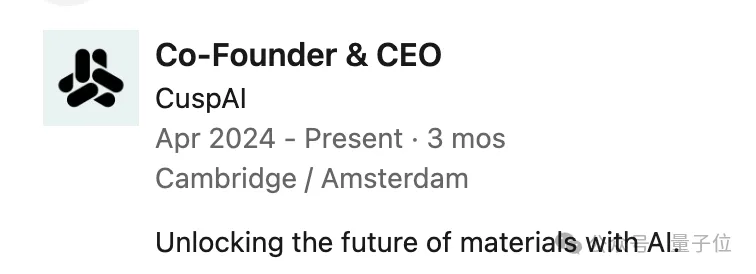
In terms of financing, in the latest seed round, CuspAI received US$30 million (approximately RMB 217 million) in financing, led by Hoxton Ventures.
In addition to Hoxton, investment companies such as Basis Set Ventures and Lightspeed Venture Partners also chose to follow suit.
In addition, Mehdi Ghissassi , head of DeepMind's product department , also participated in CuspAI's investment as an individual investor.
According to Fortune magazine, CuspAI's financing is the latest major investment in artificial intelligence by venture capital groups in the past 18 months.
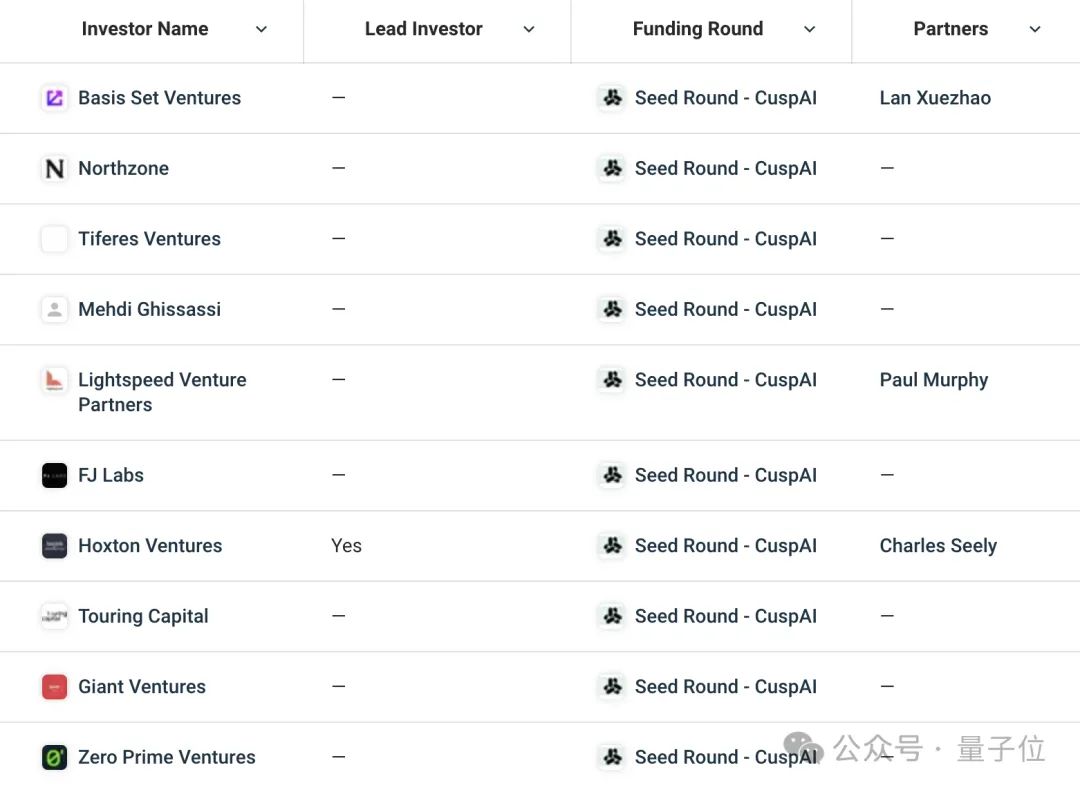
Not only did Hinton join and a large amount of investors injected funds, CuspAI also officially announced its cooperation with Meta .
Meta's chief AI scientist LeCun said that (Meta's) FAIR Lab looks forward to working with Cups to accelerate the exploration of carbon capture materials.

Regarding the specific details of the cooperation, Edwards revealed that CuspAI is building its own database , part of which is carried out in cooperation with the Meta platform. In addition, CuspAI also has the computing power support of Meta.
One year after leaving Google, AI godfather joins two startups
After talking about this company, let’s take a look at Hinton’s own movements.
Last May, Hinton, then 76, announced his resignation from Google in an exclusive interview with The New York Times.
In that interview, Hinton expressed his admiration for his life's work and warned that AI would pose a danger to humans in the future.
Since then, Hinton's stance has become increasingly firm in many press conferences or interviews.
During this period, Hinton received invitations from many companies, but none of them succeeded in attracting him. Until October, Hinton announced that he would join Vayu Robotics, a robotics company where his student Nitish Srivastava served as CTO .
On the one hand, Nitish and Hinton have worked together before - they co-founded DNNResearch, and Hinton chose to join Google because the company was acquired by Google.
Another reason for choosing Vayu Robotics was that Hinton believed he could "freely discuss AI risks" there.
However, Hinton does not regard Musk, who also holds the "AI threat theory", as his ally.
Not long ago, Hinton just revealed that he rejected the invitation from xAI. In order to achieve his goal, he used the "escape trick" and lied that he had a meeting to attend.
Because in his opinion, people like Musk who actively promote the development of AI are themselves "part of the AI threat."
But now, while Hinton is thinking about the threats of AI, he also seems to see that AI can bring hope to people, at least in dealing with climate change.